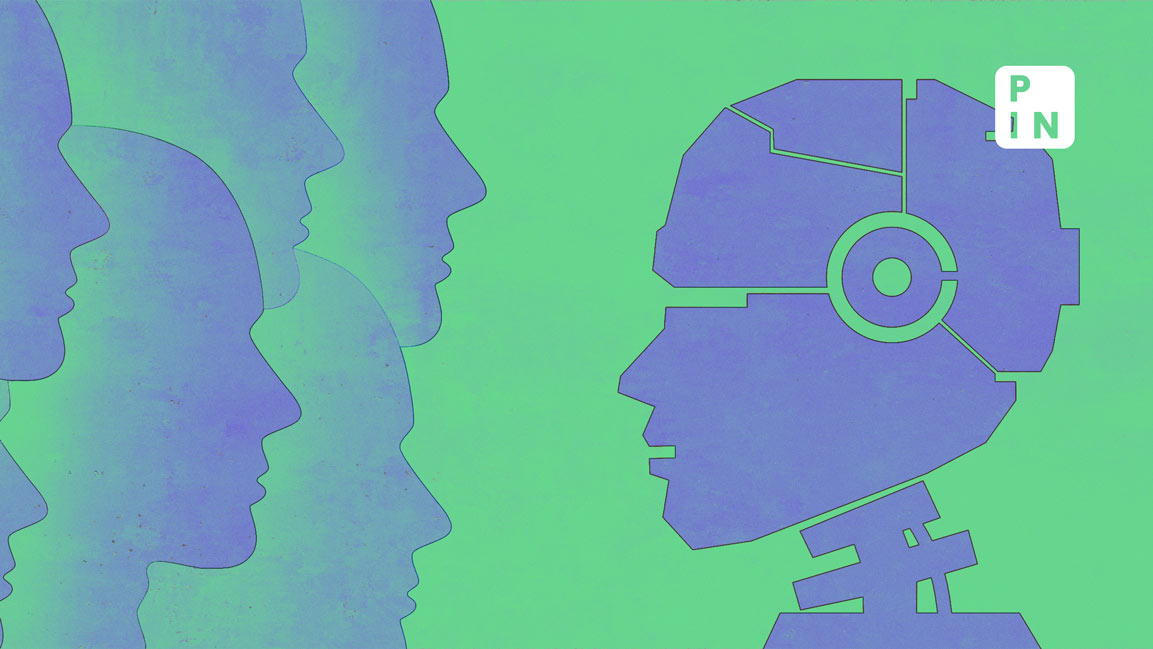- | 1:00 pm
AI won’t replace humans anytime soon, MIT study finds
MIT researchers seek to address anxiety around the ‘machines will steal our jobs’ sentiment as large language models such as ChatGPT, Bard, and GPT-4 gain currency

Human workers are more economically attractive for firms and replacing them with artificial intelligence (AI) will be more gradual than abrupt, a study by researchers at the Massachusetts Institute of Technology (MIT) found.
Only 23% of worker compensation exposed to AI computer vision would be cost-effective for firms to automate because of the large upfront costs of AI systems, the working paper, titled “Beyond AI Exposure: Which Tasks are Cost-Effective to Automate with Computer Vision?”, concluded.
The working paper authored by five MIT researchers attempts to address the anxiety around the sentiment that “machines will steal our jobs” amid the creation of large language models such as ChatGPT, Bard, and GPT-4. The anxiety is reinforced because of generative AI apps’ ability to perform tasks where previously only human beings showed proficiency.
The paper addresses three important shortcomings of AI exposure models to construct a more economically grounded estimate of task automation. It surveys workers familiar with end-use tasks to understand what performance would be required of an automated system, models the cost of building AI systems capable of reaching that level of performance, and then models the decision about whether AI adoption is economically attractive.
The paper provides what the researchers call the “first end-to-end AI automation model”.
“We find that only 23% of worker compensation “exposed” to AI computer vision would be cost-effective for firms to automate because of the large upfront costs of AI systems. The economics of AI can be made more attractive, either through decreases in the cost of deployments or by increasing the scale at which deployments are made, for example by rolling out AI-as-a-service platforms,” the study finds.
The model developed by the researchers shows that the job loss from AI computer vision, even just within the set of vision tasks, will be smaller than the existing job churn seen in the market, suggesting that labor replacement will be more gradual than abrupt.
There is a dramatic difference between the vision tasks that are exposed to AI and those that firms would find economically attractive to automate, according to the model.
For example: While 36% of jobs in US non-farm businesses have at least one task that is exposed to computer vision, only 8% (23% of all exposed jobs) have a least one task that is economically attractive for their firm to automate.
The economic cost of AI implementation could be decreased either by deployment scale—finding ways for AI systems to automate more labor per system—or by development costs—inventing less expensive ways to build AI systems.
Scale can be gained by firms getting larger or by forming AI-as-a-service operations. But, the paper notes, most firms are, and likely will remain, too small to cost-effectively develop computer vision to replace their existing workers. It is, thus, unlikely to be meaningful in the short term.
The deployment scale can be increased if AI solutions are developed as AI-as-a-service business models. But it would likely require industry collaborations or
policy initiatives to enable data sharing across companies, needing major restructuring of industries.
“But even with rapid decreases in the cost of 20% per year, it would still take decades for computer vision tasks to become economically efficient for firms,” the paper concluded.
“The slower diffusion of AI implied by our model mitigates the scale of labor displacement that we should expect. This is certainly true for computer vision since vision tasks represent only 1.6% of wages. But even if we consider the impact of computer vision just within vision tasks, we find that the rate of job loss is lower than that already experienced in the economy,” it said.













